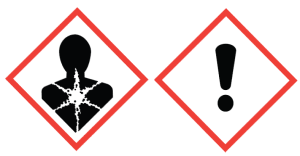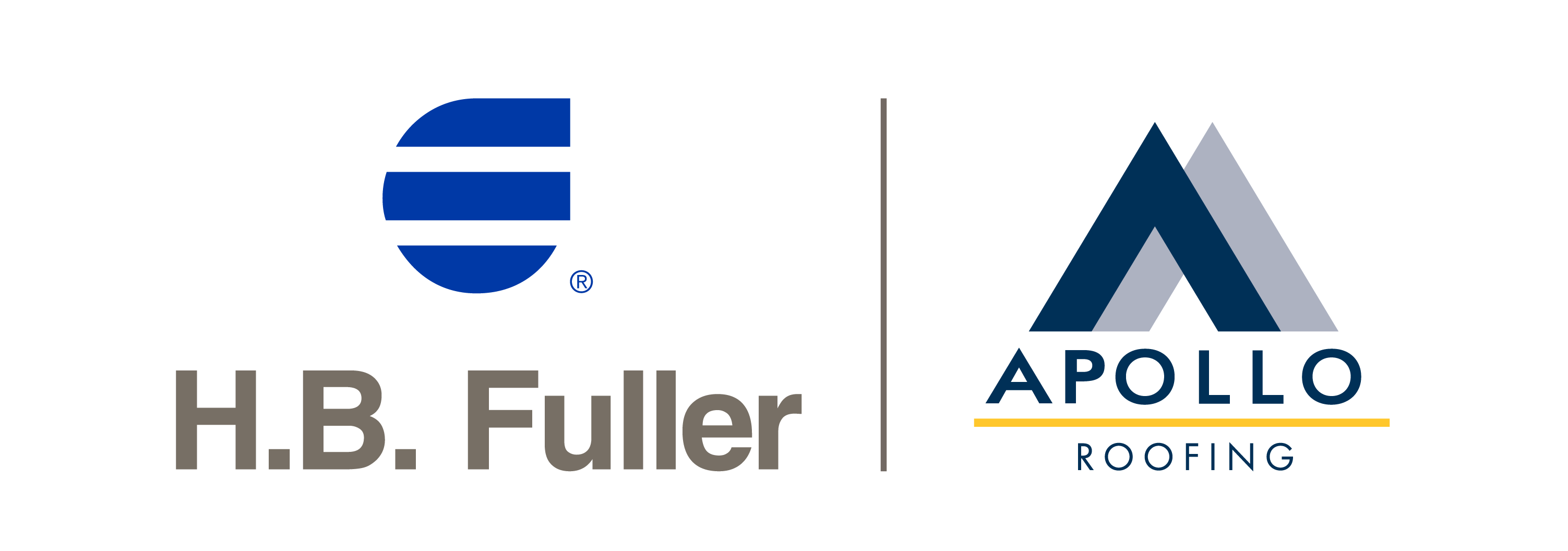A Guide to Waste Container Disposal
Published: 16 May 2019
Updated: 06 October 2021
The disposal of packaging after use appears to cause confusion amongst contractors. Many do not know how to correctly classify their waste. Empty containers should be classified as hazardous waste unless it contains no trace of hazardous substances.

Labelling of Hazardous Products
All waste must be classified in accordance with the Environmental Agency’s Technical Guidance (WM3). However, before doing so, contractors must identify if the waste has hazardous properties.
The classification and labelling of substances and mixtures in the EU is governed by CLP regulation. This requires companies to classify and label their substances and mixtures before placing them on the market. A product's label will need to reflect its possible hazards.
Any product which has a CLP label, which includes general household cleaning products and paint, as well as liquid waterproofing systems, adhesives and primers, will carry some warning of hazardous properties. A CLP label is a health and safety label located on the packaging and can be identified by the presence of hazard pictograms (a red diamond on a white background), signal words, hazard statements and precautionary statements. These will also be listed on the material safety data sheet (MSDS).

How to Classify and Dispose of Empty Containers
The ‘Industry Assessment and Classification of Packaging Waste (WP1) Technical Guidance’ complements WM3 and focuses on waste packaging, including containers ranging from bags and bottles through to tins and drums. The document includes information to help companies assess whether the packaging to be disposed of should be classified as hazardous or not.
Containers which have been emptied, but not washed out in line with the specific methods and calculations prescribed in WP1 and WM3, should be classified as packaging containing residues of/or contaminated by hazardous substances using waste code 15-01-10.
There is often a misunderstanding that packaging can simply be classified as non-hazardous if it has been emptied and contains a residue of less than 2% of the overall weight of the container. In reality, the classification process is more complex than that and requires specific methods, various forms of calculations and records to prove it is non- hazardous.
In addition, to comply with this method, the contractor must be able to identify all the hazardous properties within the product together with the concentrations present. They must also keep records from the calculations to prove it is non-hazardous for a minimum of two years.
Containers with hazardous residues that have been emptied and washed-out in line with the method and calculations detailed in the industry guidance can be classified as non-hazardous waste packaging.
Unless a contractor can confidently carry out the calculations, we would strongly advise classifying packaging as containing residues of/or contaminated by hazardous substances using waste code 15-01-10.
We have experienced firsthand that waste companies are not taking uncleaned packaging unless it is identified as empty hazardous waste packaging. Waste companies seem reluctant to call it non-hazardous unless it can be proven and want it either cleaned or covered under the 15-01-10 waste code.
Duty of Care
Contractors are legally obliged to correctly classify waste and ensure it is stored and handled safely and securely. Environment Agency Inspectors or waste handlers may ask for evidence of such.
For more advice regarding the classification and disposal of containers, please contact Apollo’s Compliance department.
Our infographic below summarises the key points:

You may also be interested in
Sign up to our newsletter to get our blogs delivered straight to your inbox
This form is protected by reCAPTCHA and the Google Privacy Policy and Terms of Service apply.





